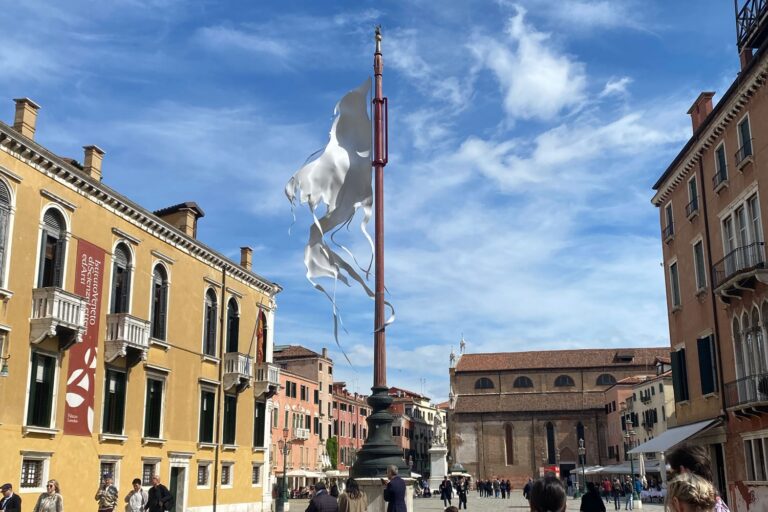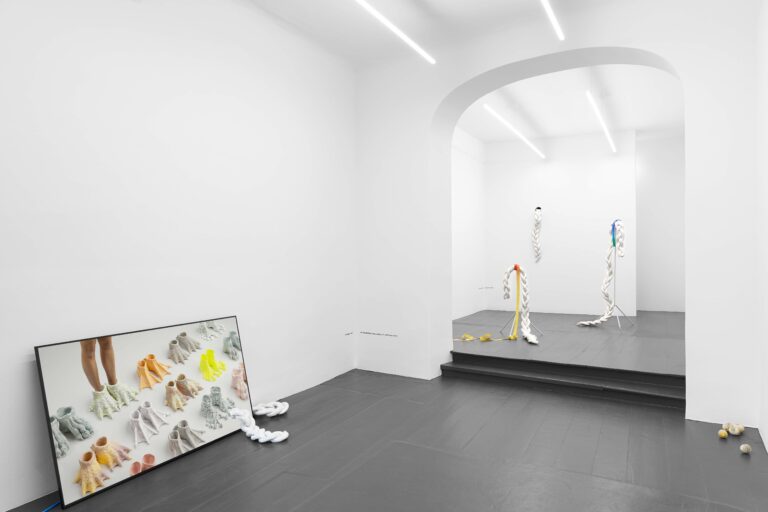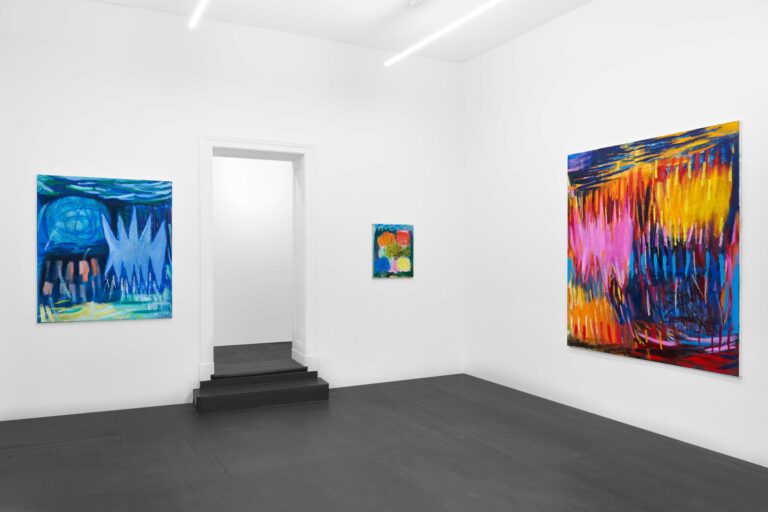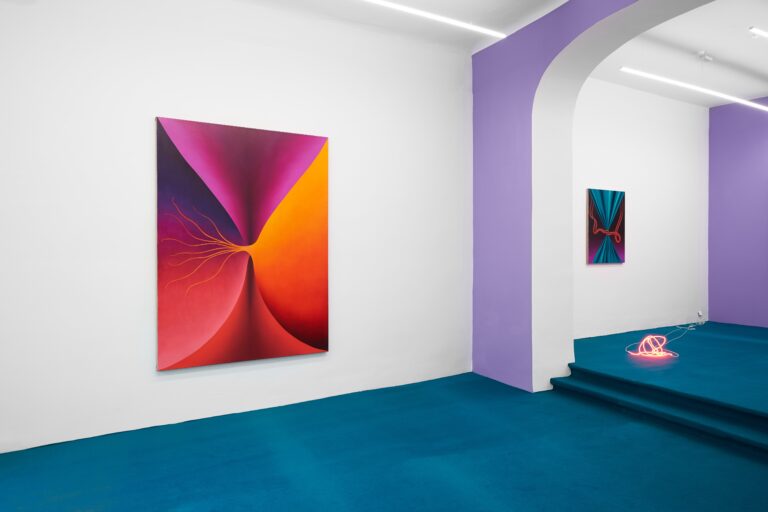Published on 15 JUL 2024
Gallery Portrait
Tanja Wagner
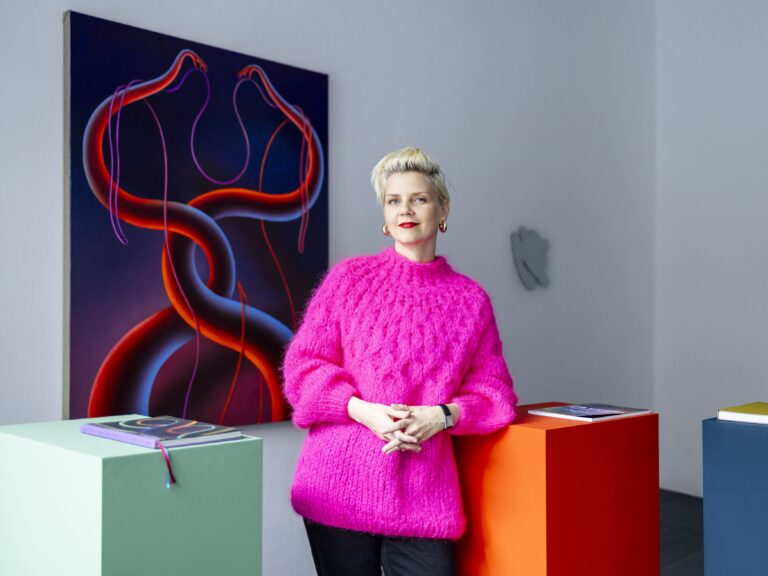
Tanja Wagner, 2024
Photo: Paula Winkler
Housed in a turn-of-the-century storefront just off Berlin’s bustling Kurfürstenstraße, Galerie Tanja Wagner celebrated its tenth anniversary in 2020 with the group exhibition ‘How to Human’. Founding director Tanja Wagner describes this title as the guiding principle behind everything her and her team strive for. “For me and the gallery, it’s all about exploring how to be human, how to reflect, build, feel, create a dialogue and build equality through awareness. Art is such an important way to offer a new vision and sensibility toward ourselves and society”.
With a roster of eleven artists, Galerie Tanja Wagner’s programme provides a platform for artists from diverse backgrounds and favours discursive practises that address worn narratives, challenge pernicious hierarchies and posit possible futures.
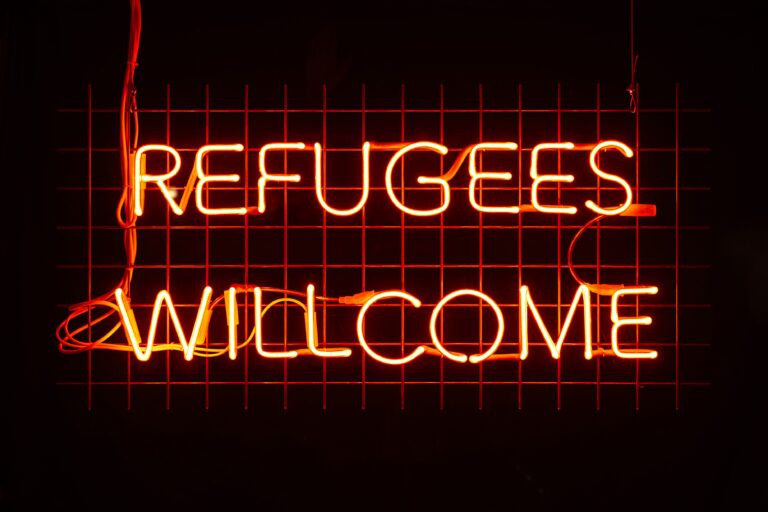
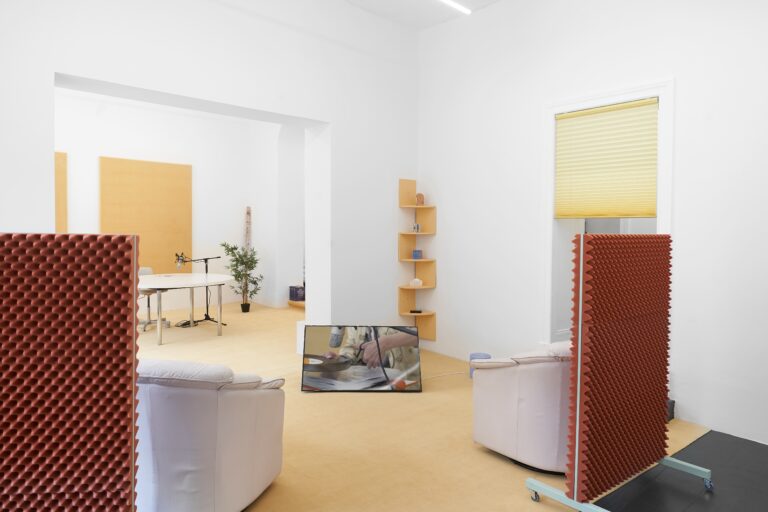
Anna Witt, 2022, Soft Destructions
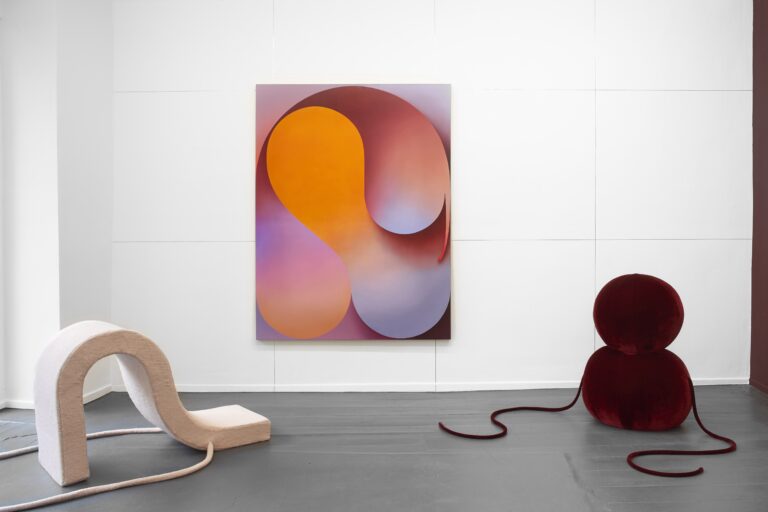
Grit Richter, 2020, Mixed Feelings
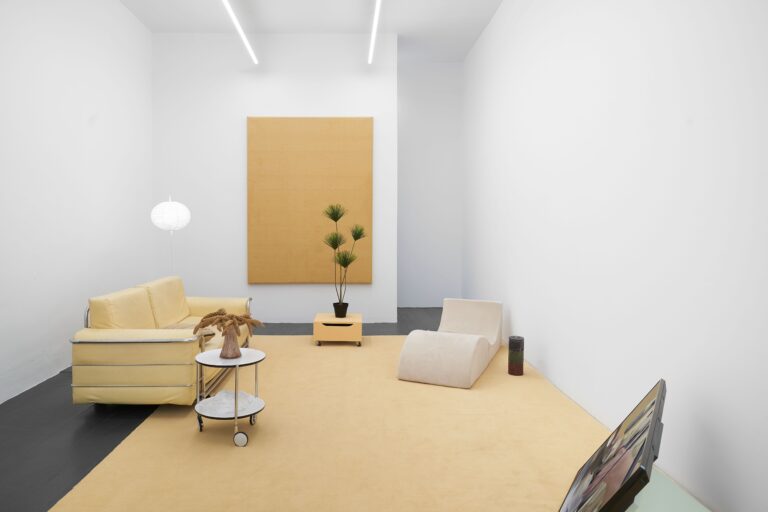
Anna Witt, 2022, Soft Destructions
Originally from Bad Homburg near Frankfurt, Wagner studied art history in Berlin. After an art criticism class required her to visit galleries, she was so enthralled by her visit to Max Hetzler Gallery that she applied for an internship there that took her through her studies. A semester in Paris alongside an internship at the Centre Pompidou and further internships at PS1 and Gagosian Gallery in New York cemented her decision to go into the gallery world. “I loved the pace of the turnaround of exhibitions, which is faster than at an institution, and being at that intersection between artist, production, realising the work, sales and where the work ends up, in a private home or a public institution”
To be the intermediary, navigating, to articulate the vision of the artist to all the different audiences is thrilling to me.I am also very aware of the persistently low percentage of female artists in institutional collections worldwide – so whenever we place a work by a fantastic female artist into a collection for example, it’s art history in the making.
The gallery now represents one male artist, Ulf Aminde, but Wagner insists her choices are based on an artist’s sensitivities and the subjects their work explore rather than their gender.
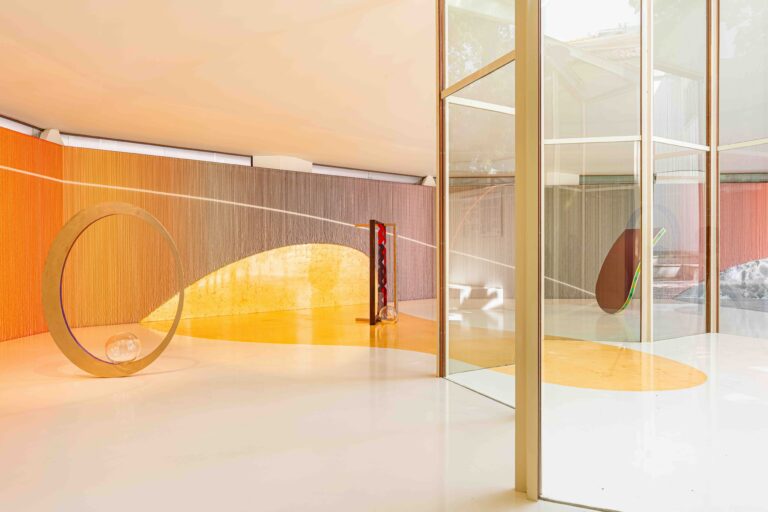
Kapwani Kiwanga, 2024, Canada Pavilion at La Biennale de Venezia,
Trinket

Kapwani Kiwanga, 2024, Canada Pavilion at La Biennale de Venezia,
Trinket
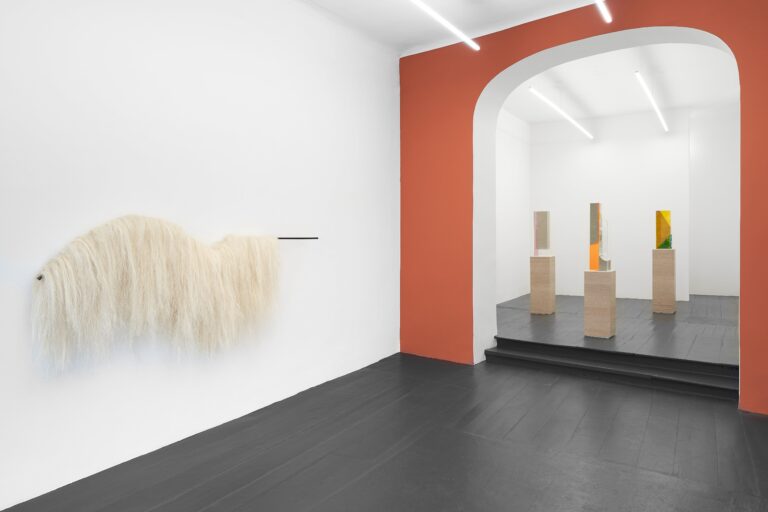
Kapwani Kiwanga, 2023, Raw

